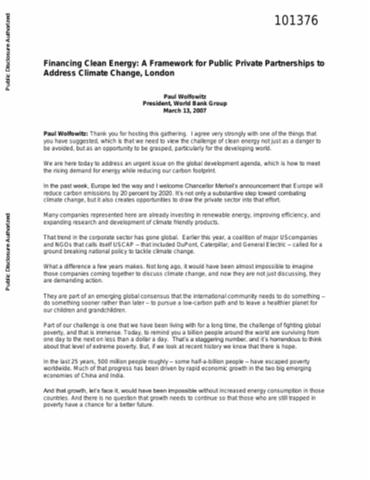Plan National Protection Nature (PNPN 2007–2011).
Le Plan national concernant la protection de la nature est un document à portée nationale qui vise l’atteinte de deux objectifs stratégiques: a) enrayer la perte de la biodiversité, en particulier par le maintien et le rétablissement d’un état de conservation favorable des espèces et des habitats menacés, d’intérêt national ou communautaire; b) préserver et rétablir les services et processus écosystémiques à l’échelle paysagère et nationale.






